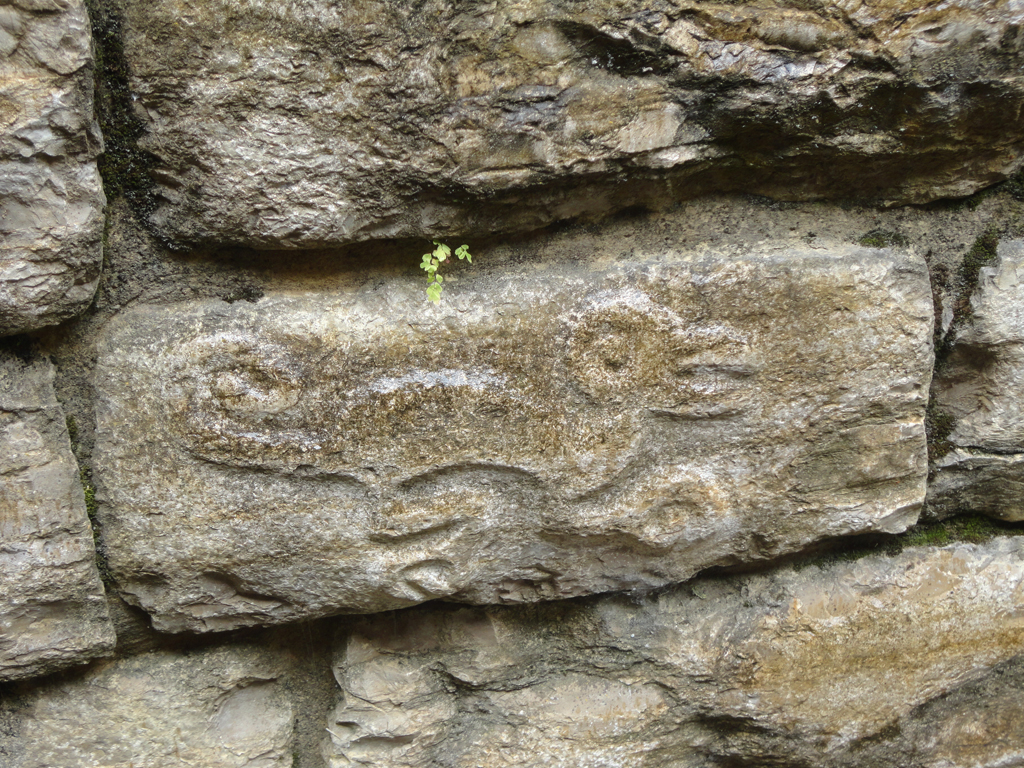
To say Chachapoyas is a mandatory stop in northern Peru would be an understatement of criminal proportions. Not only is this small town, the capital of the Amazon basin, just brilliant to visit with it’s fantastic cafes and friendly people, it’s surrounded by the most amazing pre-Inca ruins of the Chachapoyas people – or People of the Clouds.
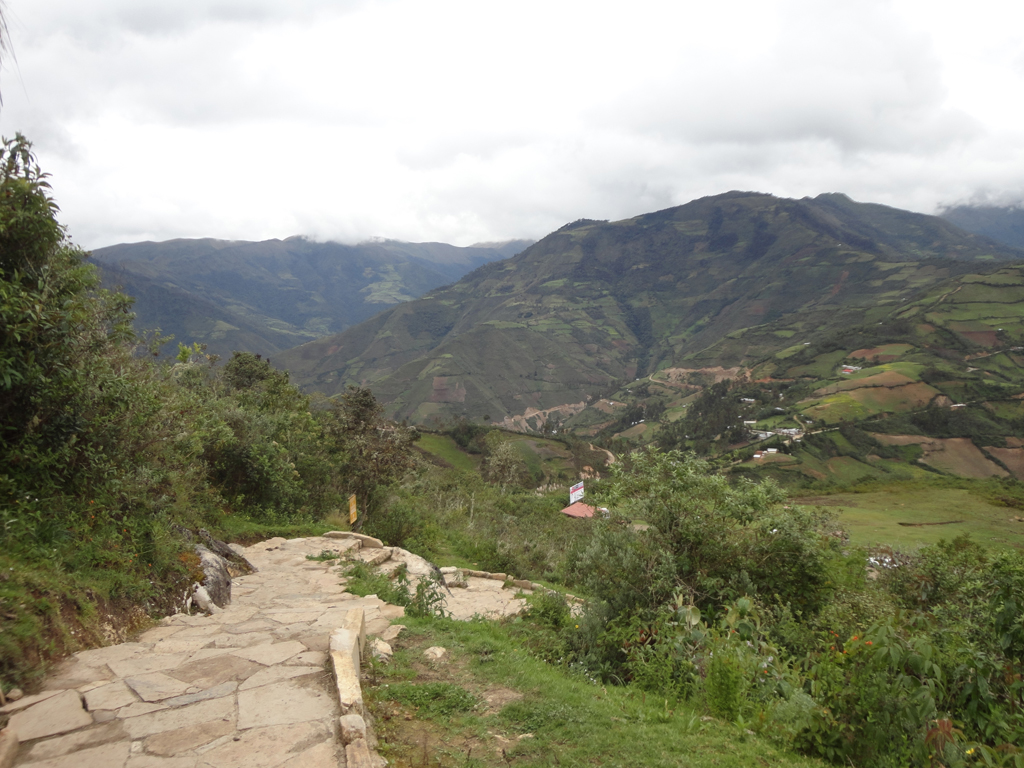
They’re the People of the Clouds, as named by the Incas when they arrived here to conquer this region, because we’re in the Andes and the mountains rise impossibly high right into the cloud layer. The incredible fortress of Kuelap sits as the crown jewel of this area, but there’s so much more left behind by the Chachapoyas people to see, and more has yet to be discovered amidst the cloud forests.
An overnight 10 hour bus ride from Chiclayo arrived early in the morning, and I bumped into an older English couple to go hostal hunting. They too had just been to Ecuador and had made their way from Piura to Chiclayo and now to Chachapoyas. On the main plaza was a new hostal, and after an inspection haggling for a lower price, we both decided to stay.
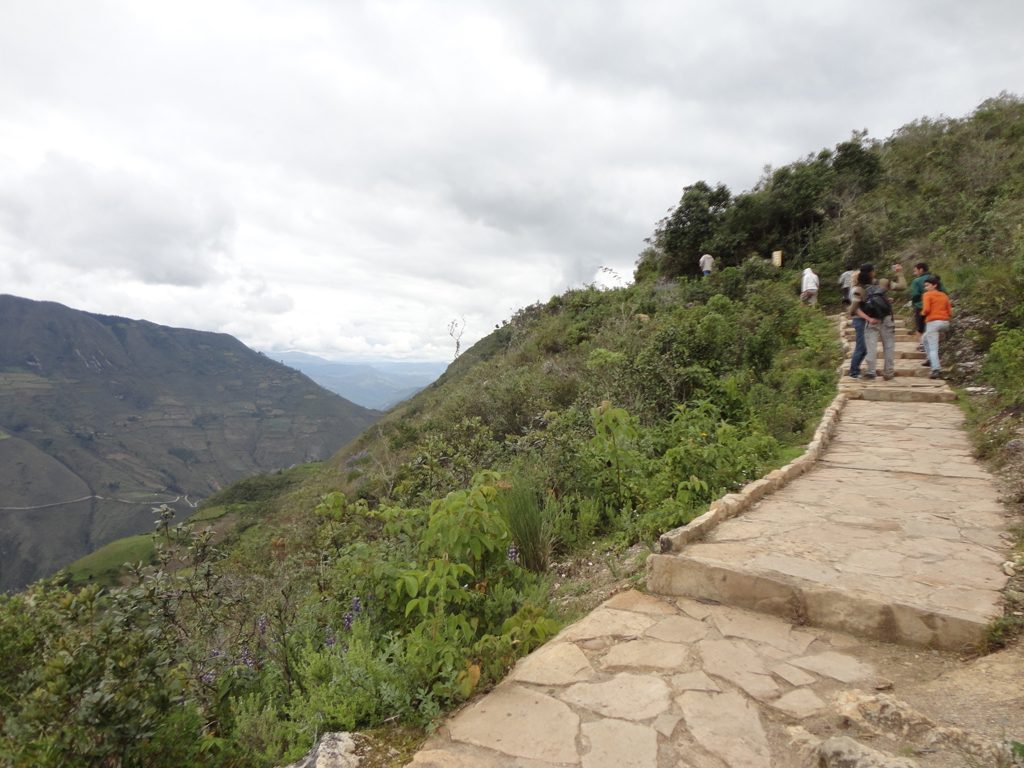
The hostal also doubled as a tour agency, which seems to be the theme going for just about all the hostals here. The next morning at 8am I get a knock at my door by the very nice and helpful hostal owner saying there was a tour to the local waterfall called Gocta – the third highest in the world at 773 metres – leaving in half an hour. No problem, count me in.
A shower later and wrapped in a jacket in what must have been a chilling 10 degree morning, I discovered the minibus was full, however the tour to the fortress ruins of Kuelap was about to leave and had room for this gringo.
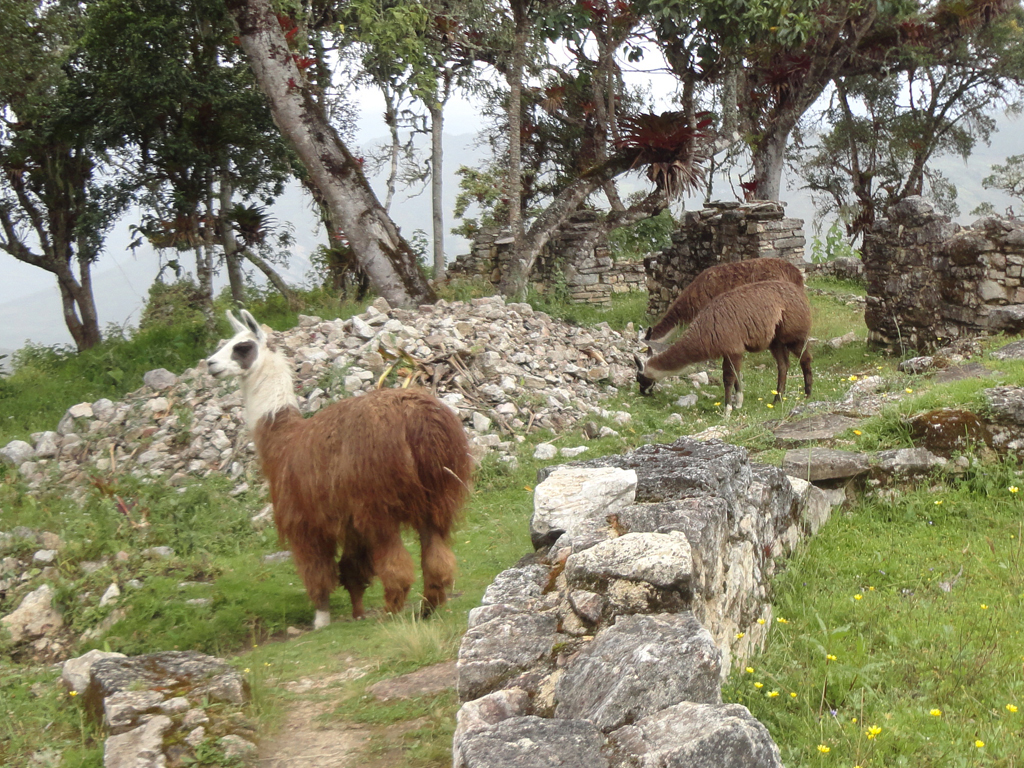
Now normally I avoid tours. I hate being told what to do and when to move on and leave. Around here it seemed that tours where the only way to see the sights, despite the Lonely Planet giving some info on doing them independently. Now I know the sites are so far out, the minibuses climbing over the mountainous Andes, that very few methods of transport back are available. Getting out there, no prob, just get a taxi or combi. Coming back there ain’t a world of options other than sitting around and waiting for someone to take you back.

The minibus to Kuelap filled up with a handful of tourists and we were off for a three hour journey over mountains to arrive at the base of Kuelap. Travelling over mountains, or more to the point, travelling over their roughly carved sides of mountains that are nothing more than compact dirty roads, is an interesting if not harrowing experience. It’s rainy season, and that means heavy rain that washes away roads. And washed away parts of the road it did.
I can’t count the times were the road had slide off the side of the mountainous cliff, and the minibus slowly navigated what was left. It’s certainly life affirming looking down at a several kilometre drop, with nothing between you and falling to death other than the drivers skill and not fucking up. In fact the driver did eventually fuck up, but it wasn’t until were we safely back on level ground and the minibus dipped into a ditch. Funnily no one was worried and we all sat calmly has he tried to get out. I think we were all thinking the same thing – a little ditch was nothing compared to falling off a cliff!
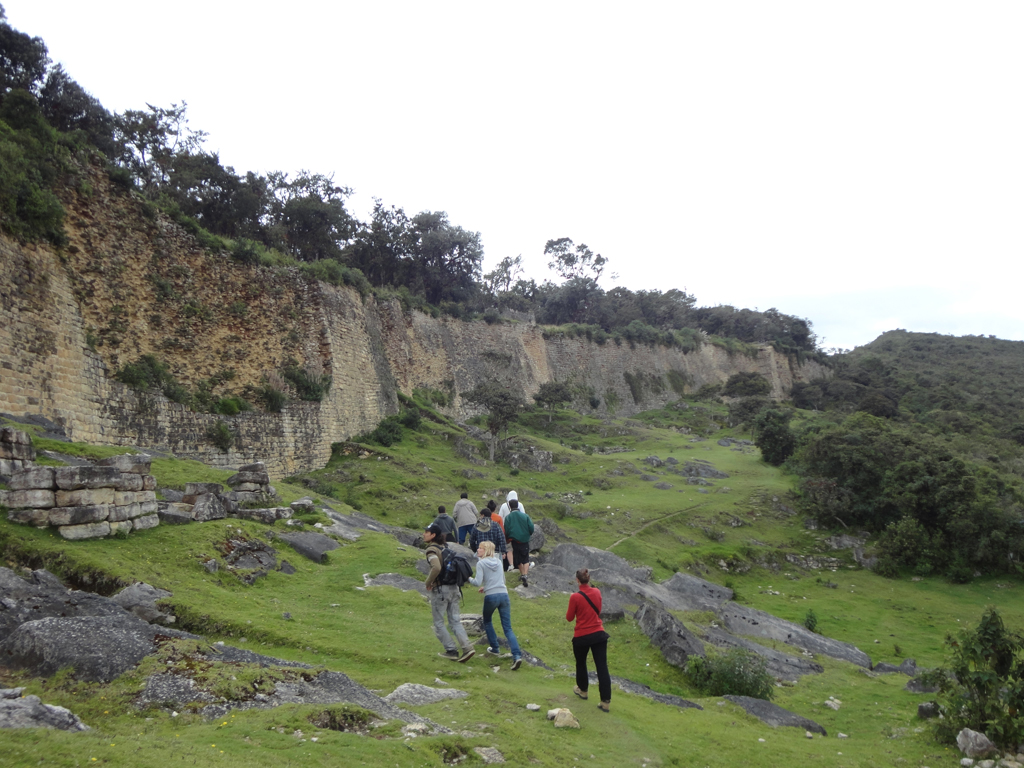
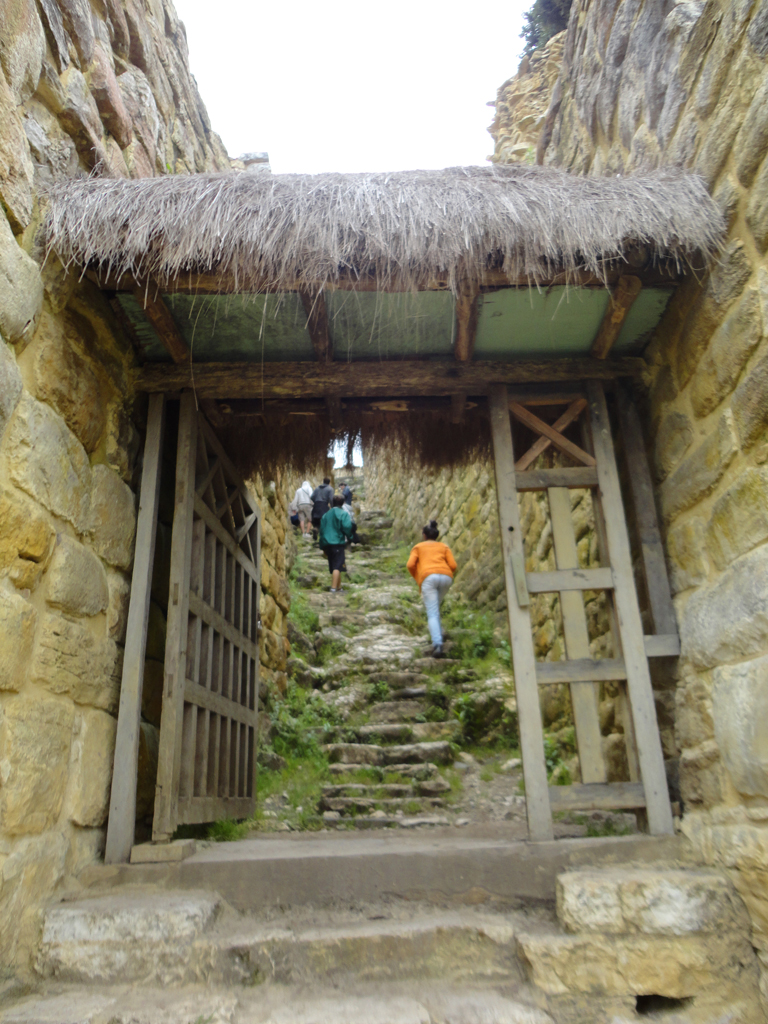
Incredibly there was a bulldozer at one point clearing the earth that had fallen from the mountain above. How a bulldozer even was able to get here was a matter of discussion over lunch, as is appeared to be an impossible feat to get one on the side of a mountain, and with roads this bad none the less. So the roads were cleared for us and on we travelled up and down and across several mountains and through a handful of small villages until we came to the start of the Kuelap walk.
Disembarking from the minibus we walked the rest of the way. The beginning of the trail was steep, and for a moment I was cursing that the rest of the 1.8KM trail had better not be like this. Happily it wasn’t; the first small part is uphill and the rest is flat along the mountain top to reach Kuelap. It’s at these moments that you wonder why anyone would bother building a fortress all the way up in the Andean mountains, and why anyone would bother with trying to conquer them. I can picture the Incan military general turning to his king, pointing up into the lofty cloud covered mountains, and saying “Seriously? You have to be joking, you want us to climb all the way up there?!?”.
The fortress of Kuelap is huge. A giant walled city, where the walls can reach over 20 metres high, and that housed an estimated 3500 people. The defenses into Kuelap echo European castle design – a tight entrance into the fortress, forcing single file so that several people cannot enter at the same time. With the enemy only able to enter one person at time, it’s becomes easily defendable.
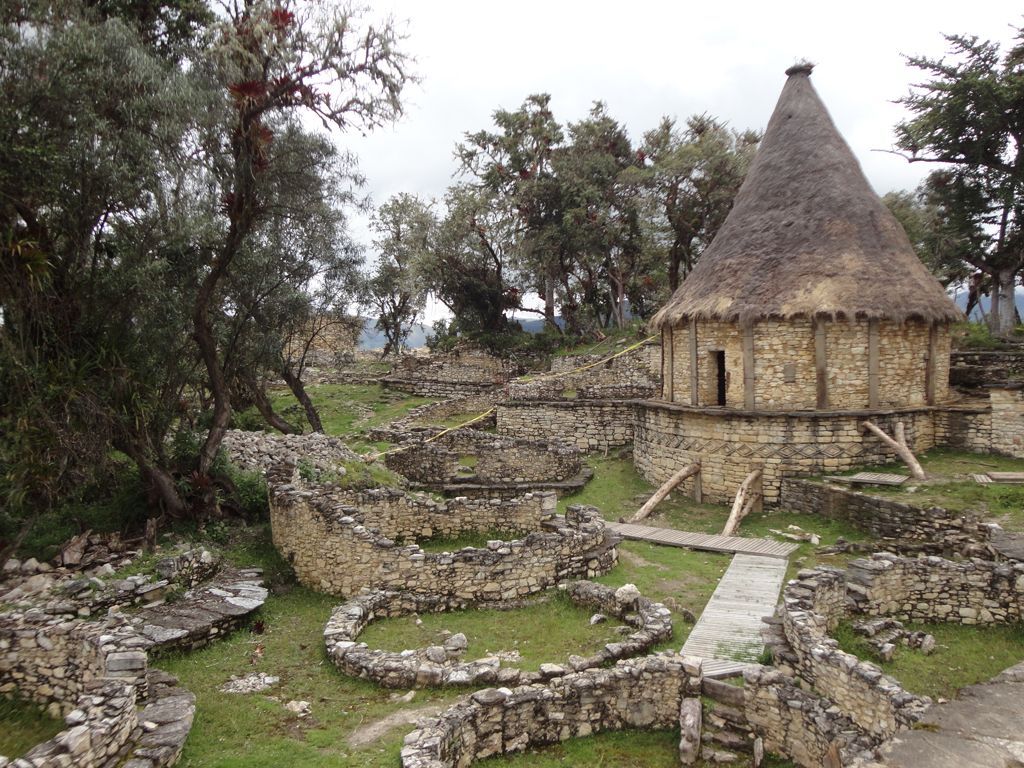
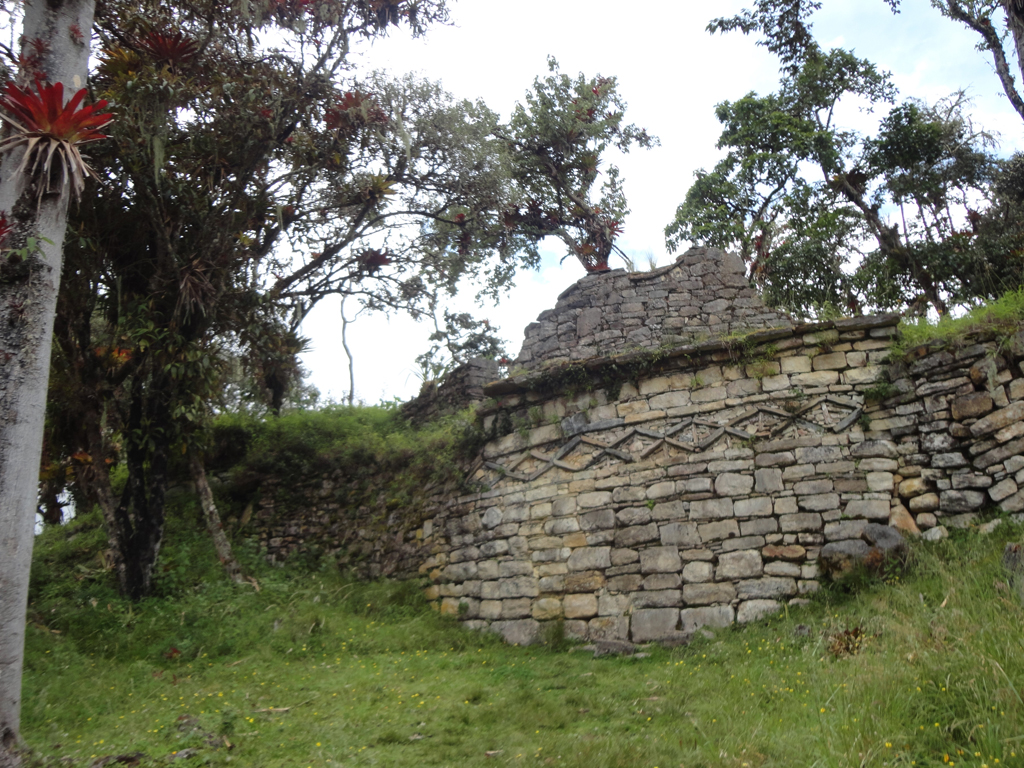
And easily defendable it was, and the Inca were unable to defeat Kuelap with force. The one weak point of Kuelap is that is it so remote from sources of food and water, the Inca simply laid siege and starved the Chachapoyas into defeat. But that did not spell the end of the Chachapoyas, they were a fierce warrior people that continued to defy the Inca, and when the Spanish arrived again only a couple of decades later, the Chachapoyas allied with them to help conquer the Inca. The price was conversion to Christianity – but like all other natives that allied with the Spanish in the Americas, it eventually lead to themselves becoming slaves to the Spanish. It’s a sad reoccurring theme throughout all Meso-America, the enemy of my enemy is my friend. And the Spanish, and their Christian missionaries, proved every time they were never a friend.
The ruins of all the houses in Kuelap are scattered throughout the fortress, all with their distinctive circular design. The Inca, when they had eventually defeated Kuelap, introduced their own rectangular designs. The Chachapoyas built their houses with two platforms, an initial circular platform and on top of that the home itself. This allowed for the heavy rains to drain away and be elevated from flooding, and also the circular build buffered against earthquakes.

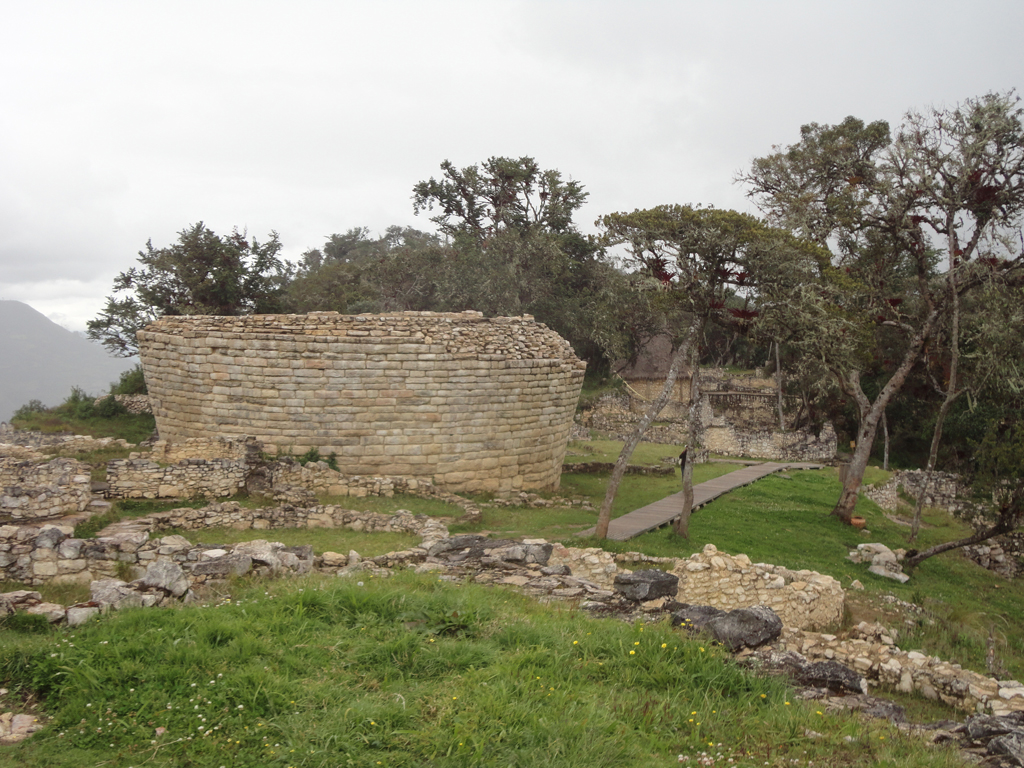
The views from Kuelap are nothing but astounding. Overlooking the Andes, Kuelap has a 360 degree view of its surroundings, and of any approaching army. At the highest peak of Kuelap sits the military generals tower, which was used to communicate to the rest of the Chachapoyas people through horns or fire to other outposts in the Andes – many of which are yet to be discovered.
A strangely shaped building, nicknamed the “ink pot”, baffled archaeologists until they discovered a monolith inside filled with animal bones. It became obvious this was the religious temple of Kuelap, and it is also believed the monolith served as a calendar too. It does make sense that the most unique building in the fortress, if not all of the region, would be the place of worship.
With the weather schizophrenically switching between sunny, freezing and raining, we left Kuelap and took to the minibus back to the village of Maria. Here we had a great lunch of fresh trout, a dark beer and a cigarette with a couple from the Netherlands. Three hours afterwards we were back in Chachapoyas. Oddly the trip back over the collapsing roads was less nerve racking – chalk it up to already been there and done it, or maybe it was the beer and smoke!
So that’s just one day in Chachapoyas. More to come!!
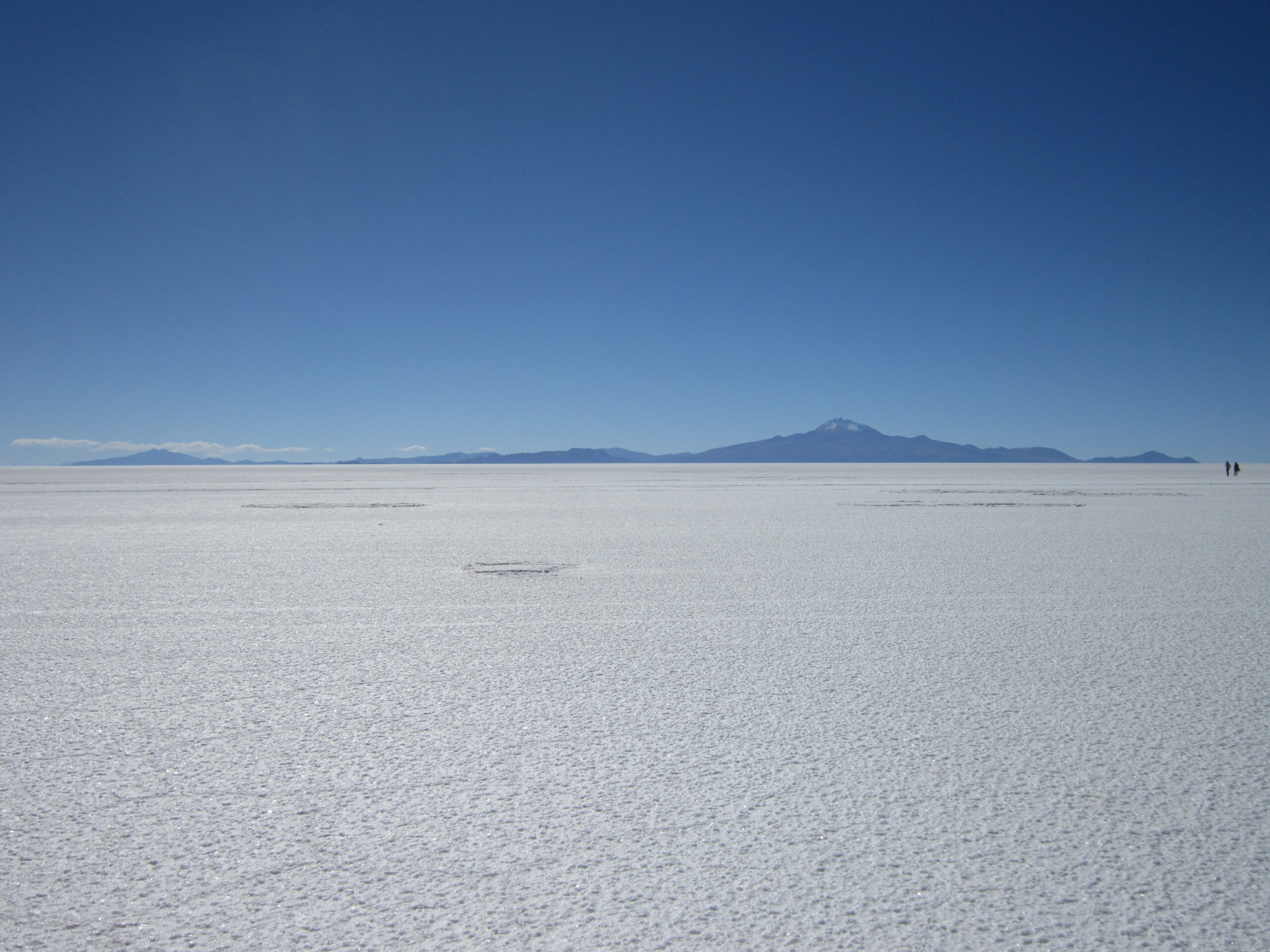

One response to “Chachapoyas and the Fortress of Kuelap”
Finally reached your Nirvana Matt.